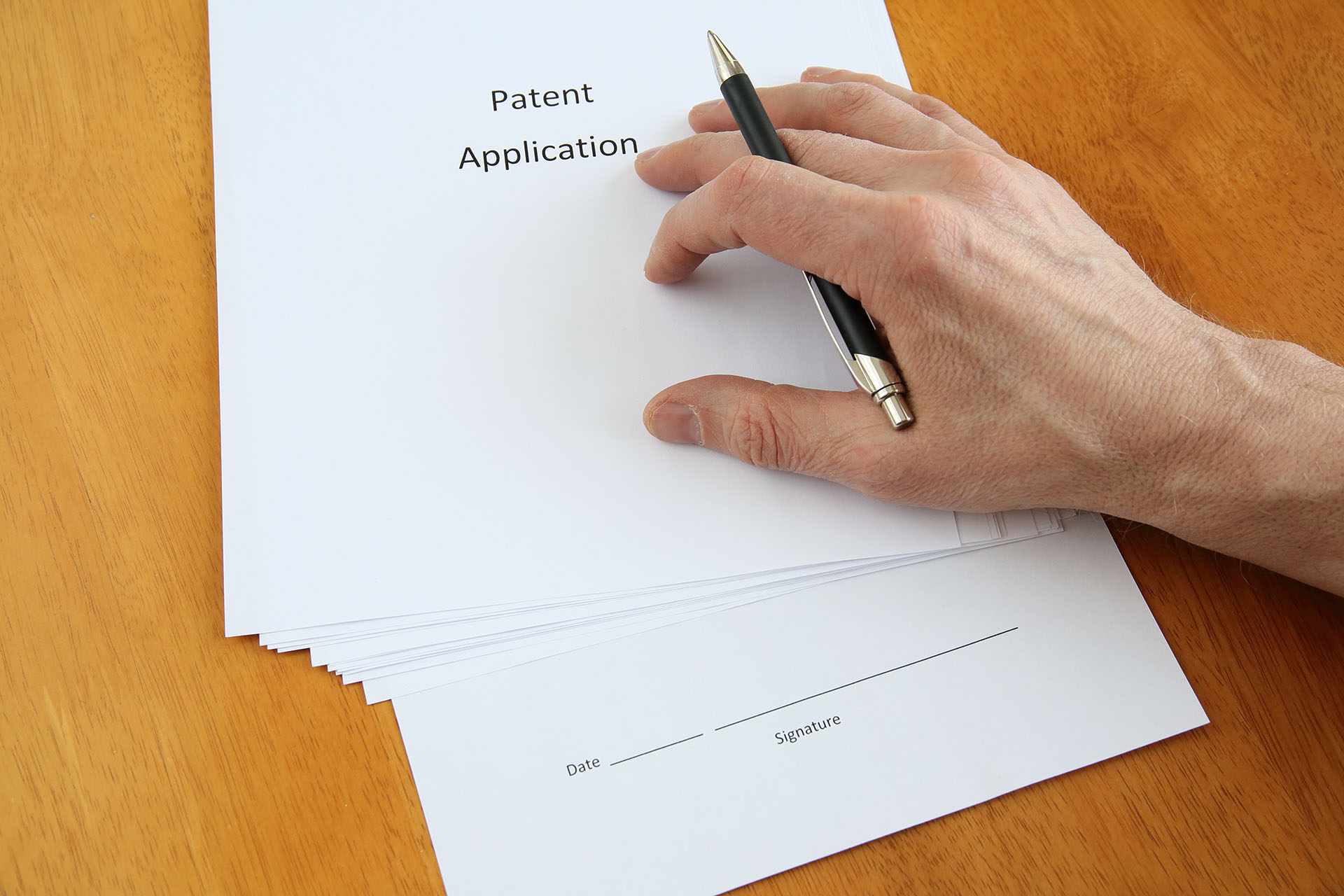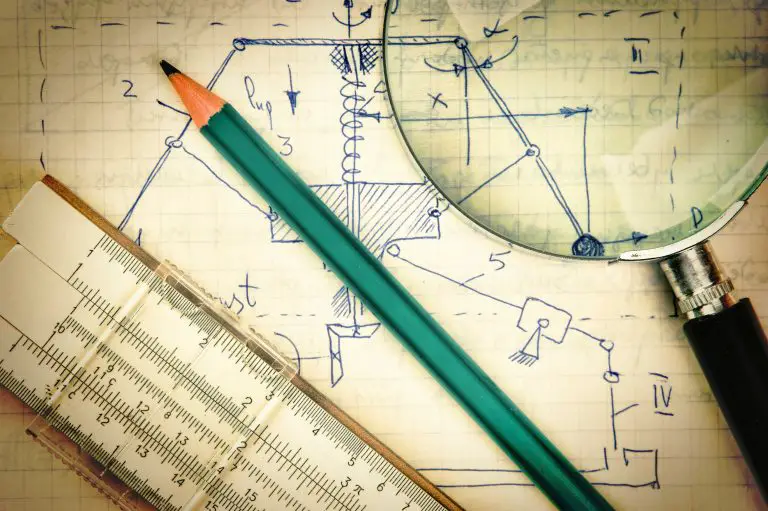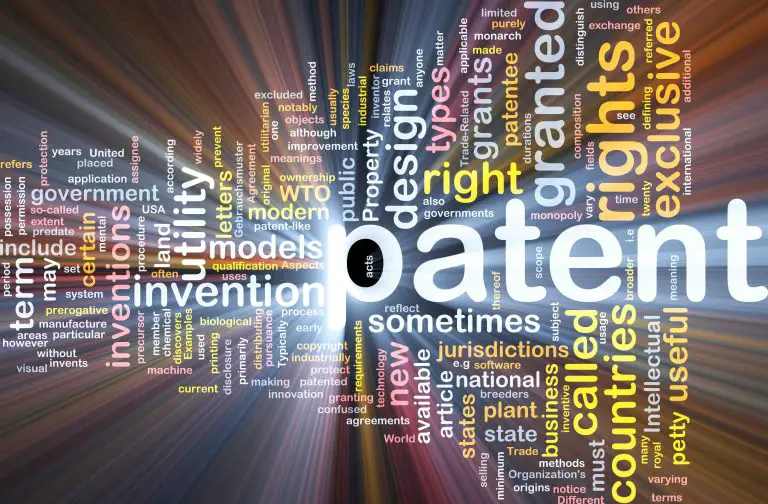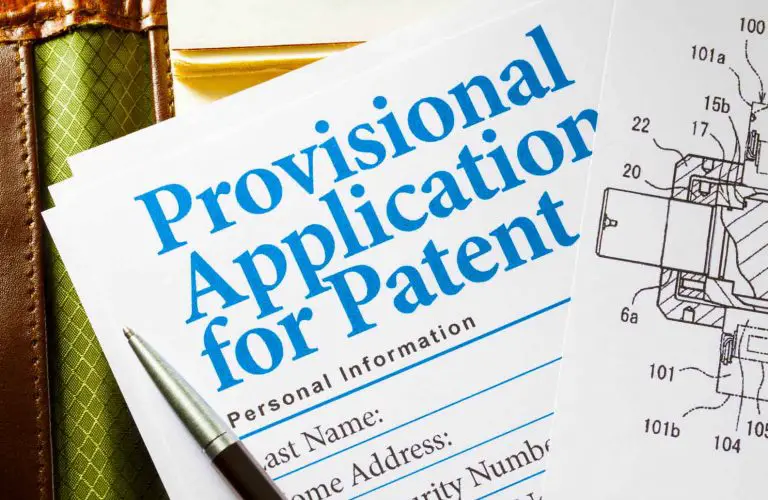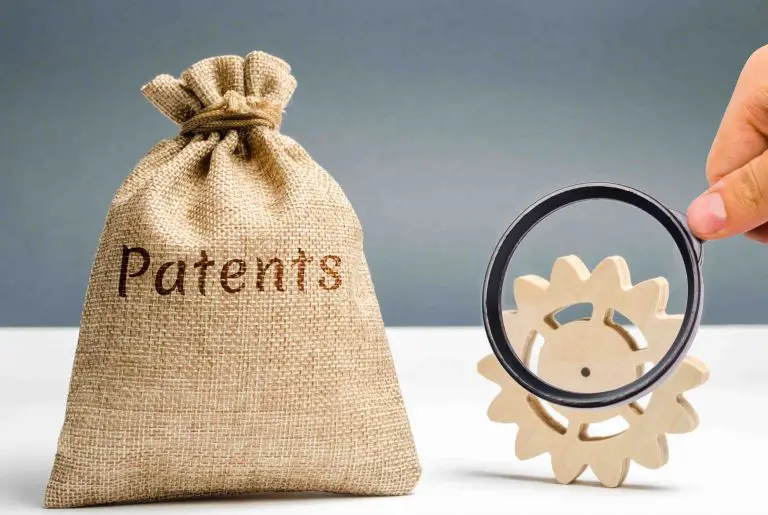What Are the Parts of a Patent Application?
What Are the Parts of a Patent Application?
According to the USPTO, a patent application has the following components or parts:
- Patent Application Specification
- Title of your invention
- Cross-referencing related application(s)
- Statement regarding public disclosure of the invention by the inventor(s)
- Statement providing the field of the invention
- Description of the related prior art
- Brief Summary of the invention
- Description of the invention’s drawings
- A detailed description of the invention
- Invention claims
- Abstract of the disclosure
- Invention Drawings
- Oath or declaration
- Paying filing fee
We will now discuss each of the previously listed parts of a patent application in more detail below.
Title of Your Invention
The title for your invention should be placed on the heading of the first page of the specification. The title should describe the invention you’re seeking to patent. If your invention performs a variety of functions, it may be difficult to name your invention, so if you have this problem, you may want to contact an attorney to find the most suitable title for your invention.
If you choose a title for your invention that does not accurately describe your invention, the patent examiner may request that you change the title. Also, you want to choose an appropriate title for your invention because it is the first thing that a patent examiner will look at, so making a good first impression is extremely important.
When creating a title for your invention, do not use words, such as “new” “improved” or “improvement of.” Also, words such as “a,” “an” and “the” should not be used in the title of your invention. If you use such words, the patent examiner may request that you change the title for your invention by removing them.
Note: The title for your invention must not exceed 500 characters in length. It’s best to choose the shortest descriptive title that accurately tells the patent office and the public what your invention is all about.
Cross Referencing Related Patent Applications
You should cross-reference any related patent applications by including them in the Cross Reference section of your patent application. Cross-referencing a previously filed provisional patent application is important and mandatory if you want to benefit from the early filing date of your provisional patent application.
The reference to a provisional patent application can be done either in the patent application specification or the patent application datasheet.
You can cross-reference an earlier filed provisional patent application by including the following text:
“This application claims the benefit of U.S Provisional Patent Application ###,###,###, filed on January 1st, 2020.”
You can cross-reference an earlier-filed nonprovisional patent application by including the following text:
“This application is a continuation of U.S Patent Application Number ###,###,###, filed on January 1st, 2020.”
Statement Regarding the Public Disclosure Of the Invention by the Inventor(s)
As you may know, an inventor cannot patent an invention that he publicly disclosed or offered for sale more than 12 months prior to filing either a provisional or nonprovisional patent application. So, an inventor must include a statement that lists whether you publicly disclosed your invention prior to filing a patent application.
Publicly disclosing an invention includes publishing the invention online, writing about it in a magazine, and listing it on your website. If you publicly disclosed your invention, you should include such disclosure in your patent application.
Statement Providing the Field of the Invention
Every U.S patent application must include a statement as to the field that the subject matter of the claimed invention relates to. Applicants can title this section as the “Technical Field” of the invention. For example, if you want to patent a computer processor, the field would be “Electronic Digital Data Processing.”
Description of Related Prior Art
Every applicant for a patent must conduct a prior art search prior to preparing his patent application. The applicant must include a description of the prior art that his related prior art search turned up.
Applicants should include prior art that’s similar to their invention and how the invention they’re currently seeking to patent differs from that art. Inventors can point to prior art and explain how their invention solves problems that prior art has not been able to solve.
Applicants can title this section as the “Background Art” section in their patent application.
Brief Summary of the Invention
According to the USPTO, every patent application should include a brief summary of the invention that comes before the detailed description of your invention.
The summary of your invention should be able to describe the specific invention you’re seeking to protect to the public, as well as the patent examiner.
The summary of your invention should explain how your invention operates, as well as the purpose of your invention. When writing a summary for your invention, make sure to use easy to understand and clear terms.
You want an ordinary person to be able to understand what the invention you’re patenting is.
Description of the Invention’s Drawings
Most applicants will and should include drawings of their invention because drawings help fill in the gaps that are left by the written description. An applicant must provide a brief description of each of the included drawings.
When describing a drawing of an invention, an applicant should refer to the different drawings or figures by identifying the figure or drawing number. Applicants can refer to different parts of the same drawing by using reference numerals or letters.
A Detailed Description of the Invention
After you’ve prepared and included a brief description of the invention and a brief description of the drawings, it’s time to add a detailed description of your invention.
You will know that you have satisfied the detailed description of your invention requirement if your description will enable a person skilled in the field of your invention to understand how to make your invention, as well as how to use it without having to experiment too much with it.
Invention Claims
Invention claims are usually added after the detailed description of the invention. No other material can be added to a sheet that has patent claims.
Every patent application should include claims, claiming the subject matter of the invention. Utility patents can include more than one patent claim. Patent applications typically have independent claims, as well as dependent claims.
Dependent claims usually refer to an independent claim and they limit the scope of the independent claim.
The broadest claims should be placed as the first claim, and all other, narrower claims should come after it.
Claims should be numbered consecutively in Arabic numerals.
If the patent examiner rejects and cancels a claim of an invention, the remaining claims should not be renumbered, they should retain their original numbering.
Abstract of the Disclosure
In the section after the patent claims, an inventor must include the abstract of the disclosure. The abstract of the disclosure is included to allow the public to quickly and easily get an idea of the nature and type of the invention disclosed in the patent application.
The abstract should disclose what’s new about the invention. If your invention improves upon an existing invention, this should be pointed out in the abstract of the disclosure.
The abstract of the disclosure should identify the invention as one of the following:
- A machine (how it operates)
- An article (method for making it)
- A chemical compound (identity and use of it)
- A mixture of ingredients
- A process (steps for the process)
The abstract of the disclosure should be included on a separate sheet of paper and organization wise, it should come after the claims of your invention.
Typically, abstracts should be no longer than 150 words, or one paragraph. The abstract should be concise and easy to understand.
If your abstract does not comply with these requirements, the patent office can reject it, requiring you to make changes before your patent application is examined.
Invention Drawings
Should You Include Them?
We often get asked whether a patent application should include drawings of an invention? The short answer is that drawings are required whenever they’re necessary for the public or patent examiner to understand your invention.
Drawings are almost always required because they help explain how to make your invention and how to use it.
Drawings should show every feature of the invention you’re claiming in your patent application.
Patent drawings must be included in your patent application because they cannot be added later because the patent office does not allow applicants to add new matters after an applicant’s filing of his patent application.
Invention Drawing Requirements
The patent office requires that patent drawings be made with black ink on white paper. If you’re filing your patent application online, you should save your patent drawings in PDF format. If you have drawings of your invention that you made by hand, you should scan your drawings and save them as a PDF and include them with your patent application.
Your invention drawings should be numbered, starting with 1, going up to whatever number of drawings you’re including in your patent application.
All page numbers should be included on the top middle portion of the sheet of paper. That said, when we say the top, the number should not be placed in the top margin of the paper, instead, the number should be placed in the top middle portion of the sheet of paper after the margin.
Oath or Declaration
When preparing a patent application, an applicant must name the inventor or inventors responsible for inventing the invention claimed in a patent application.
According to the USPTO, every inventor for the invention claimed in the patent application must give an oath or declaration that (1) the application was made by or authorized by the declarant (person making the declaration), and (2) the person making the declaration believes himself to be the original inventor of the claimed invention.
Patent Application Fees
The patent application fees include:
- Basic utility patent application filing fee: $75
- Utility patent search fee: $165
- Utility patent examination fee: $190
- Utility patent issue fee: $250
- Each claim in excess of 20 claims: $25
- Each independent claim in excess of 3 claims: $115
- Each additional 50 sheets in excess of 100 sheets: $100
What is the Most Important Part of a Patent Application?
The most important part of a patent application is the claims part of a patent application. Claims define the scope of the invention that’s protected by the patent application. It defines what an inventor claims as his invention.
The claims portion of a patent application defines the scope of what the patent holder can stop others from doing with his invention. The broader the scope of a patent application, the more things a patent holder can restrict others from doing with his invention.
Parts of a Patent Application
At this point, you should know the different patent application parts. The USPTO has strict rules that must be followed by applicants for a utility patent and a design patent. Although the patent office allows inventors to prepare and file their own patent application, it does recommend that inventors hire an attorney to prepare, file, and prosecute their patent application. We covered all the main parts of a patent application. If you have any general questions or comments, please feel free to leave them in the comments section below.

